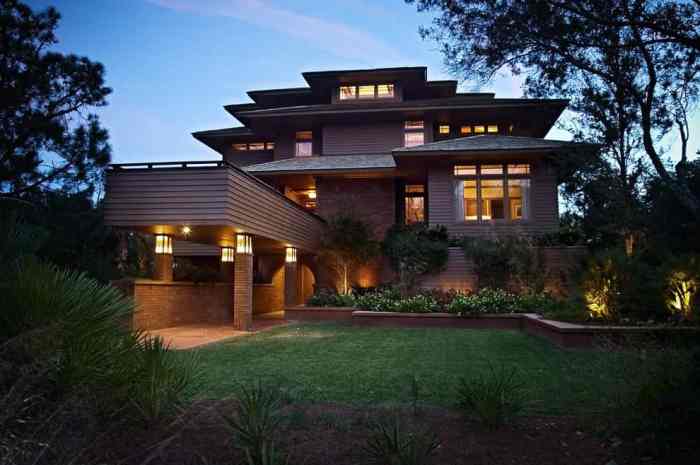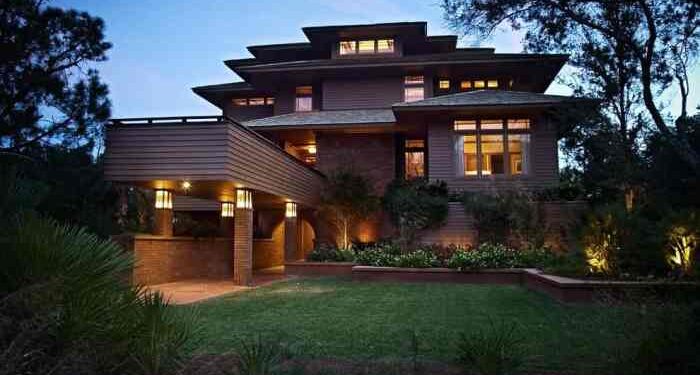As Exterior design trends in Asian architecture takes center stage, this opening passage beckons readers with casual formal language style into a world crafted with good knowledge, ensuring a reading experience that is both absorbing and distinctly original.
From the traditional influences to the modern materials and technologies shaping the architectural landscape, this overview delves into the vibrant world of Asian exterior design trends.
Historical influences on Asian architecture
Asian architecture has been heavily influenced by various historical factors, including traditional design elements that continue to shape modern exterior design trends. These influences have been shaped by historical events, cultural movements, and the rich heritage of Asian civilizations. Let's explore some of the key aspects that have contributed to the unique architectural styles in Asia.
Traditional Design Elements
One of the most prominent traditional design elements in Asian architecture is the emphasis on harmony with nature. This can be seen in the use of natural materials such as wood, stone, and bamboo, as well as the incorporation of elements like gardens, water features, and open spaces.
The concept of feng shui, which focuses on creating a harmonious environment through the arrangement of objects and spaces, also plays a significant role in Asian architectural design.
Historical Events and Cultural Movements
Throughout history, various events and cultural movements have influenced the architectural styles in Asia. For example, the spread of Buddhism led to the construction of grand temples and pagodas across the region, with intricate carvings and details that reflect the spiritual beliefs of the time.
The influences of Islamic architecture can also be seen in the intricate geometric patterns and decorative elements found in buildings in countries like India and Indonesia.
Iconic Structures in Asia
There are numerous iconic structures and buildings in Asia that showcase traditional architectural features. The Great Wall of China, with its massive stone walls and watchtowers, is a prime example of ancient Chinese architecture that has stood the test of time.
The Taj Mahal in India, with its white marble domes and intricate inlay work, is another iconic structure that exemplifies the beauty and craftsmanship of Asian architecture.
Modern materials and technologies
Modern materials and construction techniques have significantly influenced the evolution of exterior design in Asian architecture. These advancements have allowed architects to push boundaries and create innovative structures that blend tradition with contemporary elements.
Use of sustainable materials and eco-friendly practices
In contemporary Asian building designs, there is a growing emphasis on the use of sustainable materials and eco-friendly practices. Architects are incorporating materials such as bamboo, recycled wood, and locally sourced stone to reduce the environmental impact of construction. Additionally, green roofs, rainwater harvesting systems, and energy-efficient insulation are being integrated into buildings to promote sustainability.
Integration of technology in modern Asian architecture
The integration of technology, such as smart facades and interactive elements, has become increasingly common in modern Asian architecture. Smart facades use sensors to adjust lighting, ventilation, and shading based on environmental conditions, enhancing energy efficiency. Interactive elements like kinetic facades or digital displays not only add a dynamic visual appeal to buildings but also provide opportunities for engaging user experiences.
Cultural symbolism and aesthetics
Cultural symbolism and aesthetics play a significant role in shaping the exterior design of Asian architecture. From incorporating traditional symbols and beliefs to using specific colors, patterns, and motifs, Asian buildings reflect a deep connection to their cultural roots.
Incorporation of Cultural Symbols and Beliefs
Asian architecture often incorporates cultural symbols and beliefs into its exterior design. For example, the use of dragon motifs in Chinese architecture symbolizes power, strength, and good luck. In Japanese architecture, the torii gate represents the transition from the mundane to the sacred.
These symbols not only add visual interest to the buildings but also convey important cultural meanings to those who interact with them.
Significance of Colors, Patterns, and Motifs
Colors, patterns, and motifs used in Asian architecture are carefully chosen to convey specific cultural meanings
Motifs such as the lotus flower in Buddhist architecture symbolize purity and enlightenment.
Influence of Asian Aesthetics
Asian aesthetics, such as minimalism and Feng Shui principles, greatly influence exterior design choices in Asian architecture. Minimalist design principles emphasize simplicity, clean lines, and a harmonious relationship with nature. Feng Shui, on the other hand, focuses on creating balance and harmony in the environment through the strategic placement of elements.
These aesthetics not only enhance the visual appeal of Asian buildings but also promote a sense of tranquility and balance within the spaces.
Regional variations in Asian architecture

Asian architecture showcases a rich diversity of styles and influences across different regions, each shaped by unique historical, cultural, and environmental factors. Let's explore the distinct characteristics of exterior design trends in various parts of Asia.
East Asia
East Asian architecture, including countries like China, Japan, and Korea, often emphasizes harmony with nature and simplicity in design. Traditional elements such as curved roofs, wooden structures, and intricate detailing are commonly seen. The use of red and gold colors symbolizes prosperity and good fortune.
Examples include the Forbidden City in Beijing, the Kinkaku-ji Temple in Kyoto, and the Gyeongbokgung Palace in Seoul.
Southeast Asia
In Southeast Asia, countries like Thailand, Vietnam, and Indonesia incorporate vibrant colors, intricate carvings, and ornate decorations in their architectural styles. The use of natural materials like bamboo, thatch, and teak wood reflects the tropical climate of the region. Buildings often feature open spaces, intricate temple complexes, and pagodas.
Notable examples include Angkor Wat in Cambodia, Wat Arun in Thailand, and the Borobudur Temple in Indonesia.
South Asia
South Asian architecture, found in countries like India, Pakistan, and Sri Lanka, showcases a blend of indigenous styles with influences from various conquerors and rulers throughout history. The use of intricate carvings, domes, and minarets is common in structures like temples, mosques, and palaces.
Vibrant colors and detailed patterns are prevalent, reflecting the region's cultural diversity. Examples include the Taj Mahal in India, the Badshahi Mosque in Pakistan, and the Temple of the Tooth in Sri Lanka.
Last Word
In conclusion, the discussion on Exterior design trends in Asian architecture captures the essence of innovation and cultural richness, offering a glimpse into the intricate blend of tradition and modernity shaping architectural marvels across Asia.
General Inquiries
How do historical influences impact modern Asian exterior design trends?
Historical influences play a significant role by inspiring traditional design elements that are reimagined in contemporary Asian architecture.
What role do cultural symbolism and aesthetics play in Asian exterior design?
Cultural symbols and aesthetics are integral, often reflected in colors, patterns, and motifs that hold deep cultural meanings in Asian architecture.
Are there notable differences in exterior design trends across various regions in Asia?
Absolutely, regional variations in Asia, influenced by climate and geography, lead to diverse architectural styles and materials used.



